The presence of a growing medium is crucial in hydroponic systems, even when soil is not utilized for plant growth.
The choice of a hydroponic substrate may impact the success or failure of your plants.
- Related article: How Do Hydroponic Systems Work?
This guide provides assistance in making the excellent choice of the most appropriate hydroponic substrate type from the many options that exist!
How to Choose the Right Growing Medium
There are so many different types of growing mediums for hydroponics systems that you can choose from—Coco Coir, Clay Pebbles, Oasis Cubes, and even Packing Peanuts, just to name a few!
Now, what are the relevant factors to consider when selecting a growing medium?
Several factors, including porosity, aeration for roots, pH levels, water-holding capacity, and nutrient availability, are significant considerations in plant growth.
Consider the cost and accessibility of a growing medium too, based on your individual circumstances and financial resources.
Different grow media will also depend on what you’re looking to grow – Hydroponics Plants List.
1. Coco Coir/Coco Peat
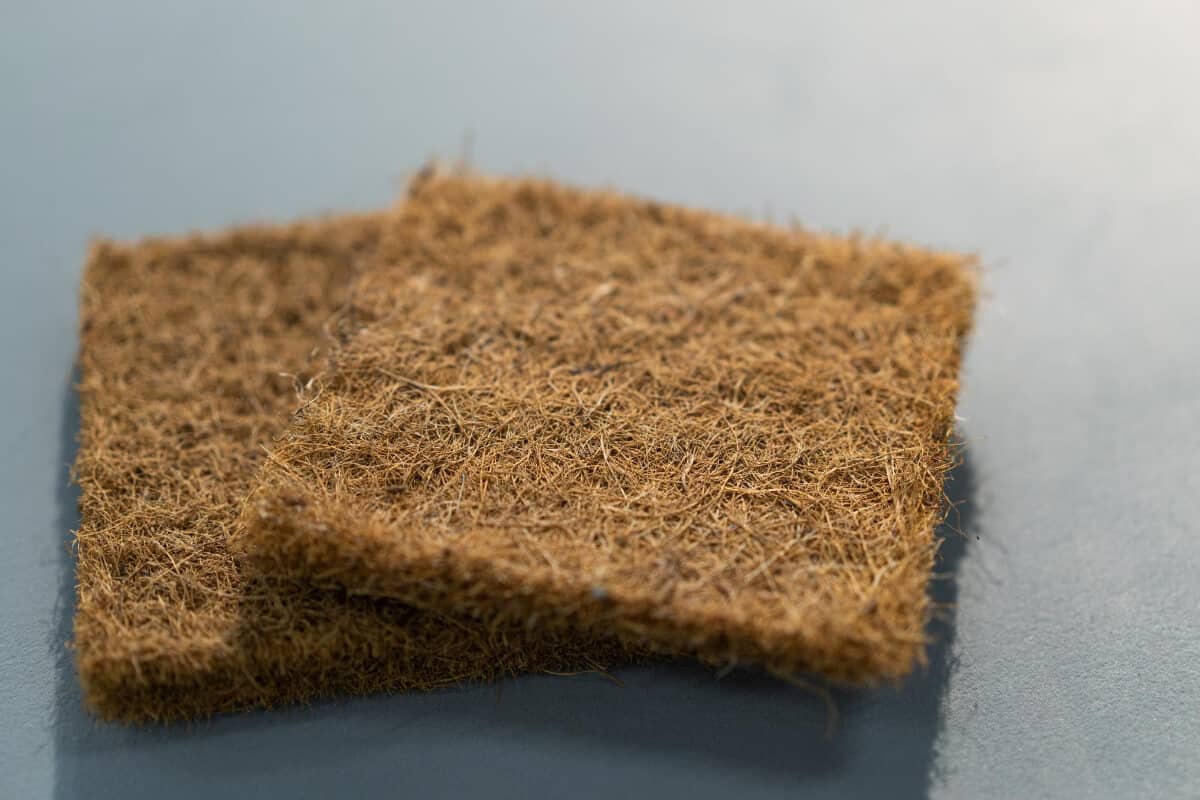
Coco Coir is short for Coconut Coir, and it’s made from the brown husks of coconuts, hence its name.
Coco Coir can come in three different forms: Coconut Chips, Coco Peat, and Coconut Fiber. It can also come in bricks, which are compressed fibrous materials shaped into bricks.
To prepare your Coco Coir for hydroponics, place the brick in warm water for at least 15 minutes. Afterward, fluff the Coco Coir until it turns to the consistency of soil.
Coco Coir will expand 5 to 7 times its original size. You can then move the Coco Coir to where you want to start planting your hydroponic seeds.
Benefits of Using Coco Coir/Coco Peat
- Great water and oxygen retention – If a hydroponic system does not have enough water and oxygen available, it can lead to issues with nutrient uptake and stunted growth in plants.
- Provides quality root structure – The water-air balance of these growing mediums helps to encourage strong root development.
- Organic matter – These are biodegradable and contain no harsh chemicals. They are natural by-products of the coconut industry, making them a great choice for those who are environmentally conscious.
Downsides of Using Coco Coir/Coco Peat
- Contains no hydroponics nutrients – Coco Coir and Coco Peat are organic materials, made from the husks of coconuts. As such, they contain no nutrients themselves.
- Quantity inaccuracies – Small quantities of this item can be difficult to obtain as it is typically sold in large quantities. Acquiring the appropriate quantity for your hydroponic system can be challenging.
Read more about Coco Coir vs Coco Peat and How to Use Coco Peat.
2. Clay Pebbles
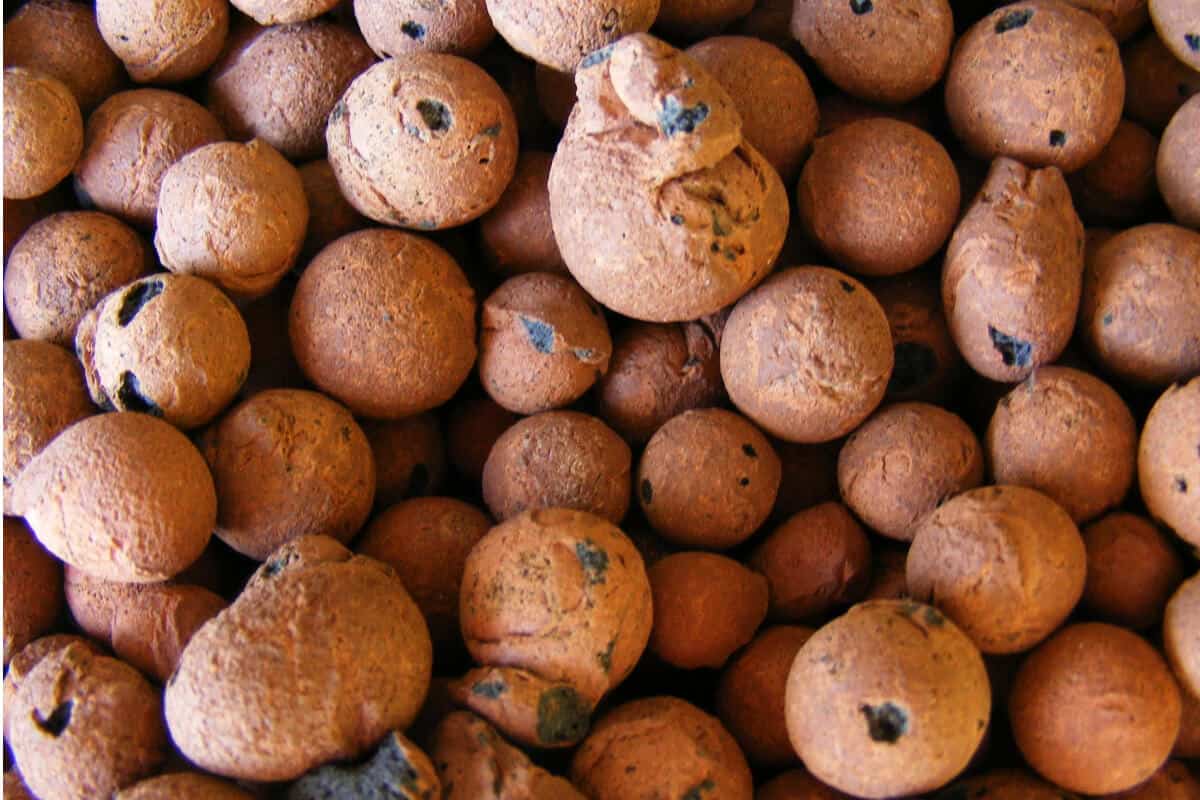
Clay Pebbles, also called Lightweight Expanded Clay Aggregate (LECA) or Clay Pellets, are a great option as a growing medium for hydroponics, specifically for an Ebb and Flow grow system. They are round pieces of clay that are designed to hold in and release moisture as needed for plants.
Using seedlings, not seeds, is best when you have this growing medium. However, it is possible to use seeds, but you will only sprinkle them over the Clay Pebbles.
Before using this growing medium, rinse them first to remove any dirt or debris. Then, fill the container with the Clay Pellets and place your seeds or seedlings.
Add the necessary nutrients to the hydroponics unit and make sure to flood the plant container a few times per day. Make sure to watch for algae as this will affect your plant’s growth.
Benefits of Using Clay Pebbles
- Provides aeration – Clay Pebbles provide aeration to the plants in a hydroponic system by providing pockets of air within the medium.
- Reusable – This growing medium can be reused several times over before needing to be replaced, making them a great option for those looking for an economical way to grow their plants.
- Great drainage – Clay Pellets have great drainage because the larger particles are not able to absorb any extra moisture.
Downsides of Using Clay Pebbles
- Can get into hydroponic pumps – This growing medium can be too small and lightweight, making them prone to getting into pumps or other parts of the hydroponic system. If they are not filtered out properly, they can clog pumps or filters and disrupt the nutrient flow to the plants.
- Expensive – Clay Pellets can be quite expensive compared to other growing mediums, which can make them a less cost-effective choice.
Discover more in the in-depth What Are Hydroponic Clay Pebbles guide.
3. Perlite
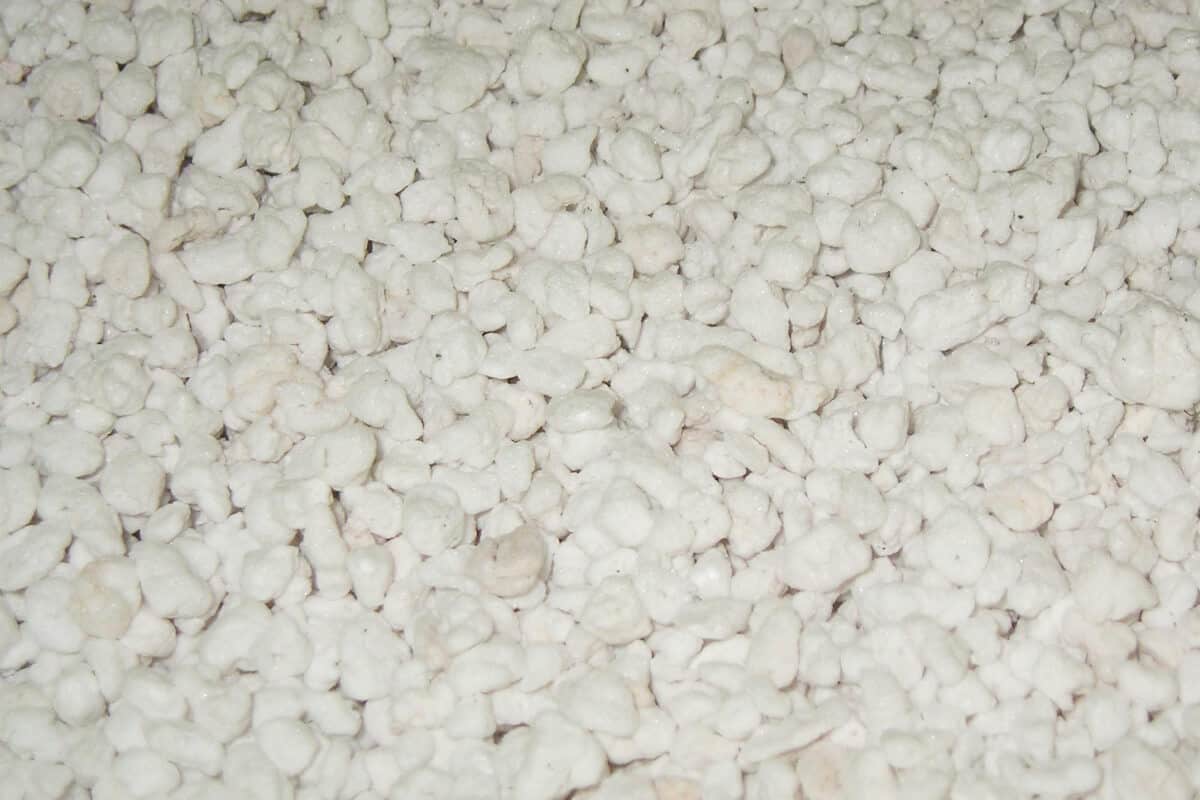
Perlite is a porous material and a form of volcanic glass. It is commonly used alongside other mediums, like peat moss.
Not all hydroponics units will work with Perlite—you will need one where the plant roots are always wet. A Drip or Bucket system will work best, but an Ebb and Flow system is not recommended.
Commonly, tomatoes, lettuce, and strawberries are grown with Perlite. Additionally, it can be used on its own or mixed with other growing mediums.
Benefits of Using Perlite
- Neutral pH – Perlite won’t affect the pH of your hydroponic solution as it has a neutral pH. This is important because it can interfere with how well plants absorb nutrients if the pH level of the water is not balanced.
- Perlite has pores to keep the plants oxygenated – Perlite also helps to provide aeration for the plants in a hydroponic system by providing pockets of air within the medium.
Learn the Ideal pH for Hydroponics water.
Downsides of Using Perlite
- Will need to replace the Perlite because the pores can be clogged with algae and nutrients – Because Perlite is porous, it can absorb some of the nutrients from the hydroponic solution and release them into the air instead of being taken up by the plants.
Dive deeper into Perlite in Hydroponics.
4. Rockwool
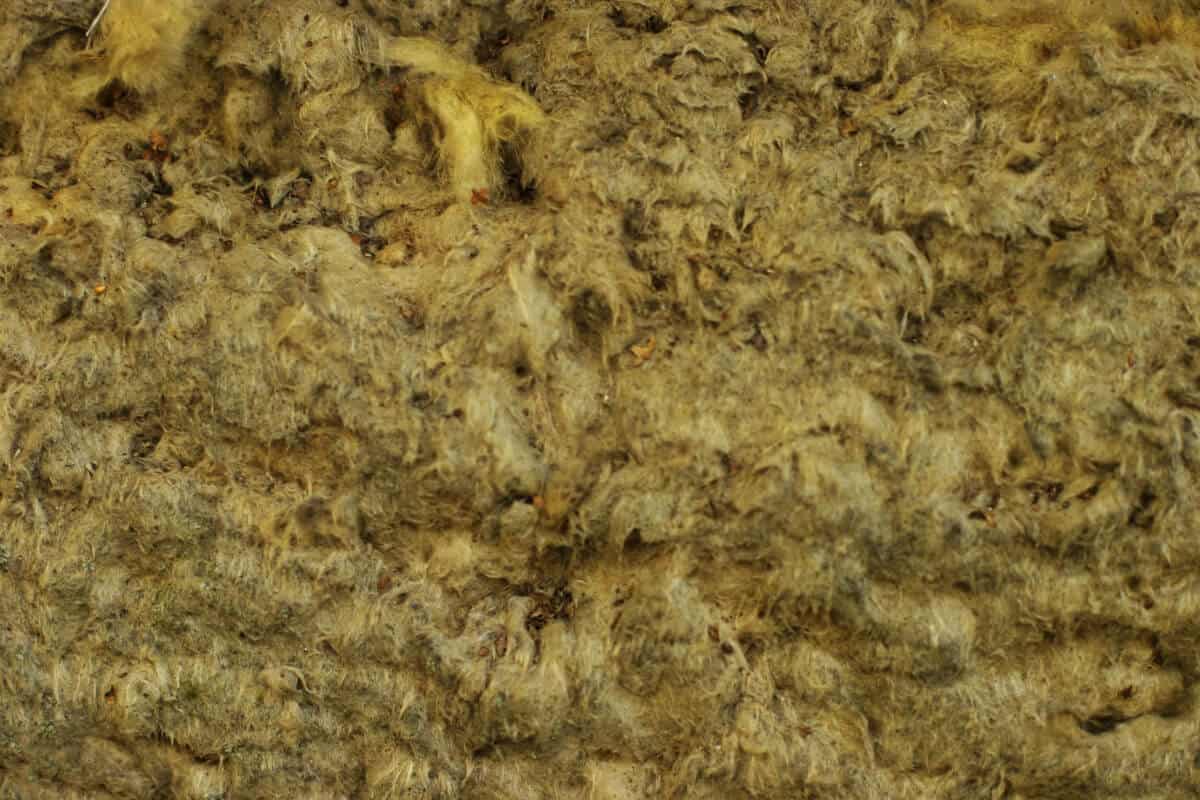
Using Rockwood in a hydroponics system is a simple process—all that you need to do is soak the Rockwool cube, put the seed inside, and keep the cube wet.
You can use Rockwool cubes to plant your seeds and transplant your seedlings. To do this, you will need to move the cube into the new growing site.
Almost any type of plant can be grown in a Rockwool cube.
Benefits of Using Rockwool
- Holds a large amount of water and air – The fibers in Rockwool allow the root system to easily access a plentiful supply of air and benefit from the moisture retention of the medium as they are designed to provide plenty of drainages and excellent aeration.
- Can be reused around six times – Rockwool is reusable for up to six times before needing to be replaced. This makes it a viable choice for individuals seeking a cost-effective method for cultivating their plants.
- Low maintenance – It is designed for easy cleaning and reusability, and is a practical option for individuals who prioritize low maintenance.
Downsides of Using Rockwool
- Possible health hazards from dust – Rockwool could be a potential health hazard for those working with it as it releases dust particles when handled. It is important to wear protective gear and take precautions when using Rockwool in order to limit exposure to dust particles.
- Not biodegradable – Rockwool cannot be broken down by natural processes or organisms, and it will remain in landfills for years, easily becoming an environmental hazard if not disposed of properly.
Dive deeper into using Rockwool for Hydroponics.
5. Lava Rocks
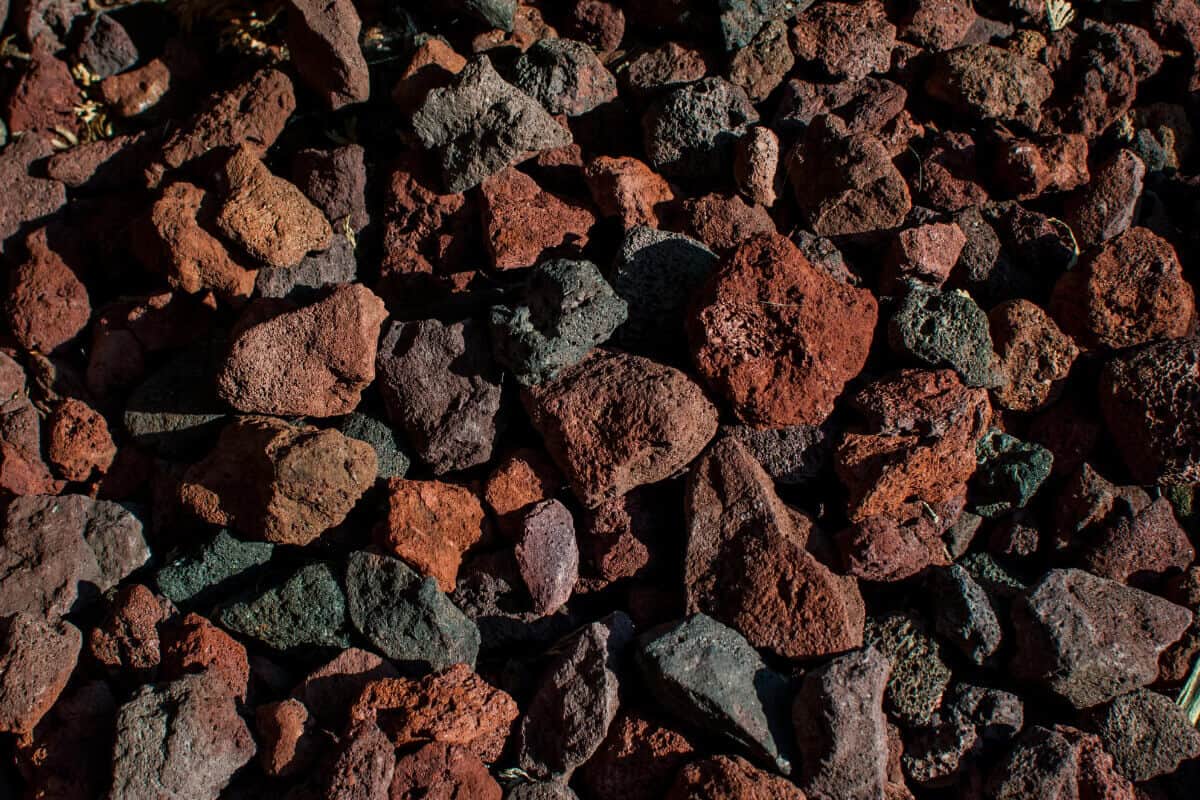
Lava Rocks are a very popular option for a hydroponics medium. However, not all Lava Rocks are created equal.
When picking out your Lava Rocks, pay attention to their size, quality, pH, and drainage. Considering these things will help you get the most out of your growing medium.
Make sure to rinse your Lava Rocks well until they run clear. You can immediately put the rocks in the growing container in your hydroponics system.
Benefits of Using Lava Rocks
- Lightweight – Lava rocks are lightweight yet durable mediums that won’t displace water or nutrients. This makes them perfect for hydroponic systems, as they can be easily moved around without disturbing the plants or the growing solution.
- Porous – Lava rocks are porous which means that they can absorb and retain water, oxygen, and nutrients well. This allows the roots of the plant to access these essential elements easily.
- Low maintenance – Lava rocks are a low-maintenance option for hydroponics systems, as they do not need to be replaced often and require minimal upkeep.
Downsides of Using Lava Rocks
- Expensive to replace – Lava rocks can be more expensive than other growing mediums such as Perlite or Rockwool.
- Because they are so lightweight, they can be easily disturbed – This is an important factor to consider because a lightweight growing medium can be easily disturbed when plants are being harvested or moved around, resulting in damage and yield loss.
Learn more in this in-depth Lava Rock As Hydroponic Growing Medium guide.
6. Oasis Cubes
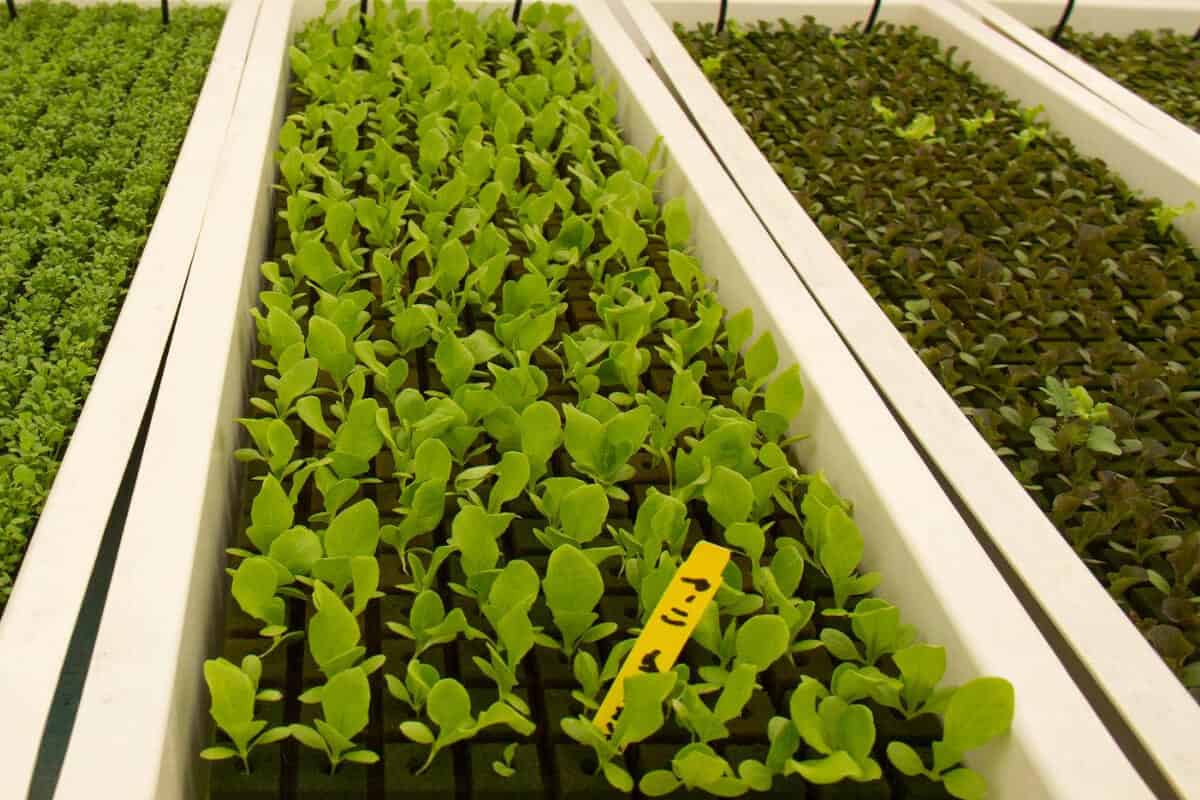
Oasis Cube is a porous medium composed of floral foam that permits the flow of air and water through it. Furthermore, they are biodegradable and do not affect the pH.
Soak the cubes in water or cutting solution for around two minutes to use the Oasis Cubes. Then, stick the 3-5 inch stem cuttings into the pre-made holes of the cubes.
Benefits of Using Oasis Cubes
- Easy irrigation – Oasis Cubes are a type of growing medium made from a porous foam material that allows plenty of oxygen and water to flow through easily.
- Provides a natural environment – This makes them perfect for hydroponic systems, as they allow easy irrigation while providing a natural environment for the roots of the plants.
Downsides of Using Oasis Cubes
- Oasis Cubes do not hold a large number of nutrients – They must be supplemented with additional nutrient solutions. This can become expensive over time as the cubes need to be replaced more often than other growing mediums.
- More expensive – Additionally, Oasis Cubes are not reusable and must be discarded after each use.
7. Rice Hulls
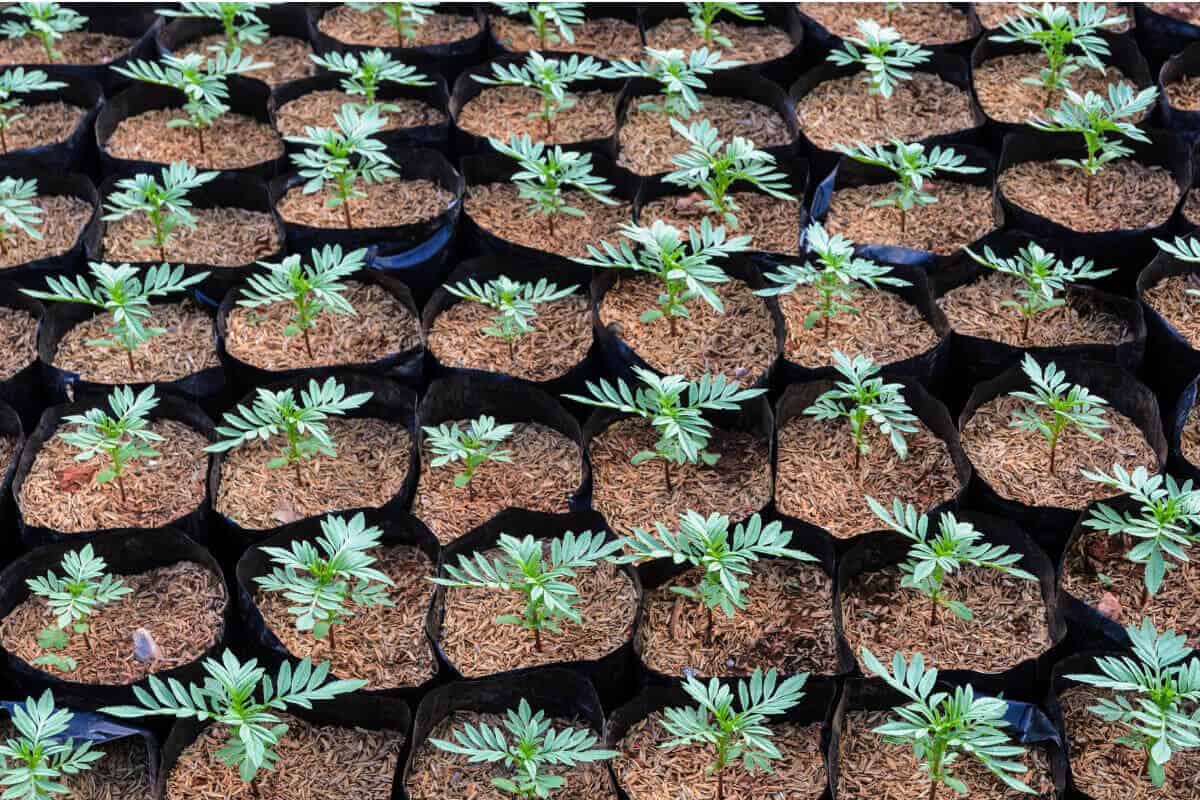
Rice Hulls help with filtration in hydroponic units. The hulls will trap debris and particles that are in the water. Rice Hulls will also contribute to the support and nutrients given to the plants.
Soak Rice Hulls in a large water container for at least 12 hours to use them. Add the soaked hulls n top after filling a different container with water and nutrients.
Place the plants in and cover them with a lid after stirring the hulls in the water to make sure it is all wet.
Check the hydroponics system every few days to check if the water or nutrients need to be changed.
Benefits of Using Rice Hulls
- Provides nutrients – Rice Hulls provide essential nutrients to the plants in hydroponic systems, as well as help with filtration.
- Can be an organic medium – Rice Hulls are a natural, organic material, making them ideal for hydroponic systems.
- Neutral pH – Rice Hulls have a neutral pH level and they also help retain moisture and air that is essential for healthy root growth in hydroponically-grown plants.
Downsides of Using Rice Hulls
- Needs to be replaced often – Rice Hulls need to be replaced periodically since they are biodegradable and will eventually break down.
- Can grow mold – If they are not kept dry and the environment is too humid, Rice Hulls can grow mold. This can be caused by over-watering, poor air circulation, or a lack of light.
- May cause respiratory issues – When they are disturbed and become airborne as dust particles, Rice Hulls can cause respiratory issues as these can be inhaled and cause irritation to the lungs.
8. Pumice
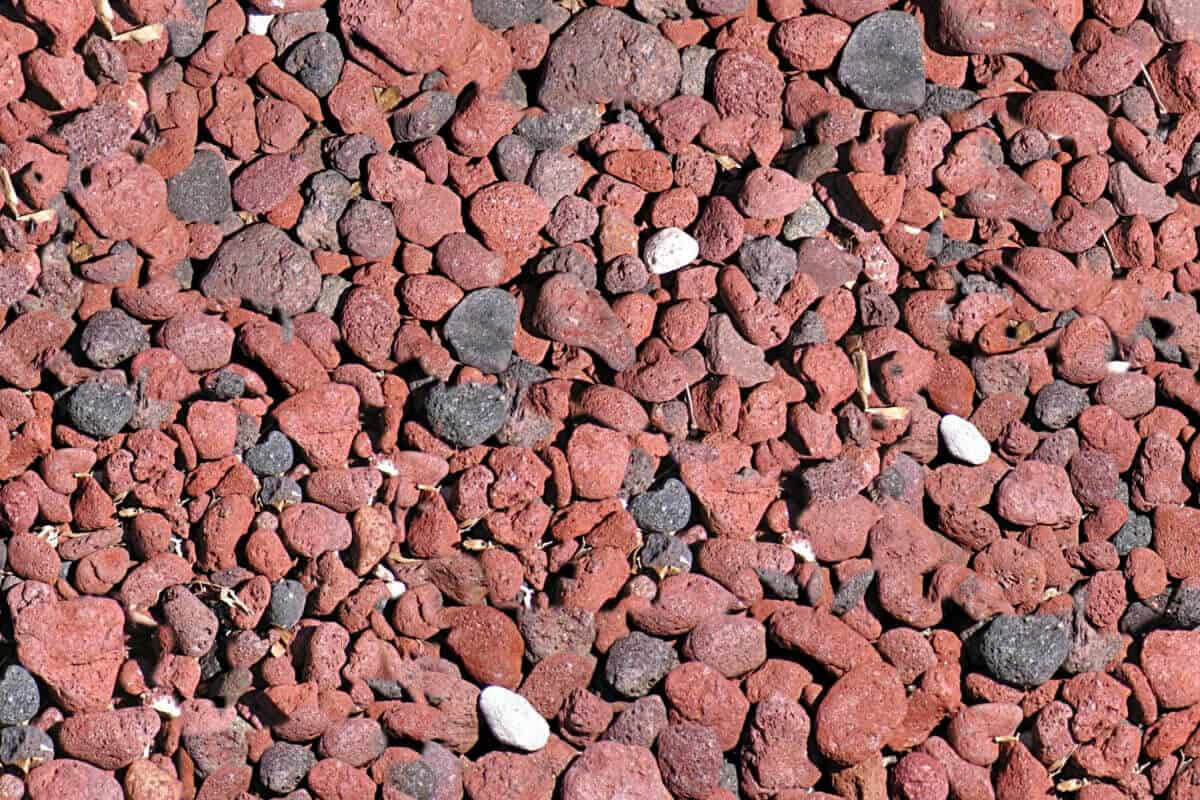
Pumice comes from volcanic rock and has a foamy texture. It can be found for free near construction sites or purchased at the store.
Pumice is most commonly used to hydroponically grow tomatoes, lettuce, or herbs.
Benefits of Using Pumice
- Lightweight – Pumice is lightweight, making it easy to move around without disturbing the plants.
- Readily available – Pumice is widely available and can be found for free near construction sites or purchased at the store or hydroponics suppliers.
- Inert – Being inert, Pumice does not affect the pH of the hydroponic solution and makes it easier to control the nutrient levels in a system.
- Porous – Pumice has a porosity that allows air and water to easily flow through it, providing essential oxygen to the roots of plants.
Downsides of Using Pumice
- Low water and nutrient-holding capacity – Pumice requires more frequent replenishment in hydroponic systems compared to other growing mediums due to its limited capacity for holding water and nutrients.
- Contains high sodium levels – The presence of high levels of sodium in this substance requires careful monitoring to prevent potential toxicity issues for plants.
Get the full story on Pumice for Hydroponics here.
9. Gravel
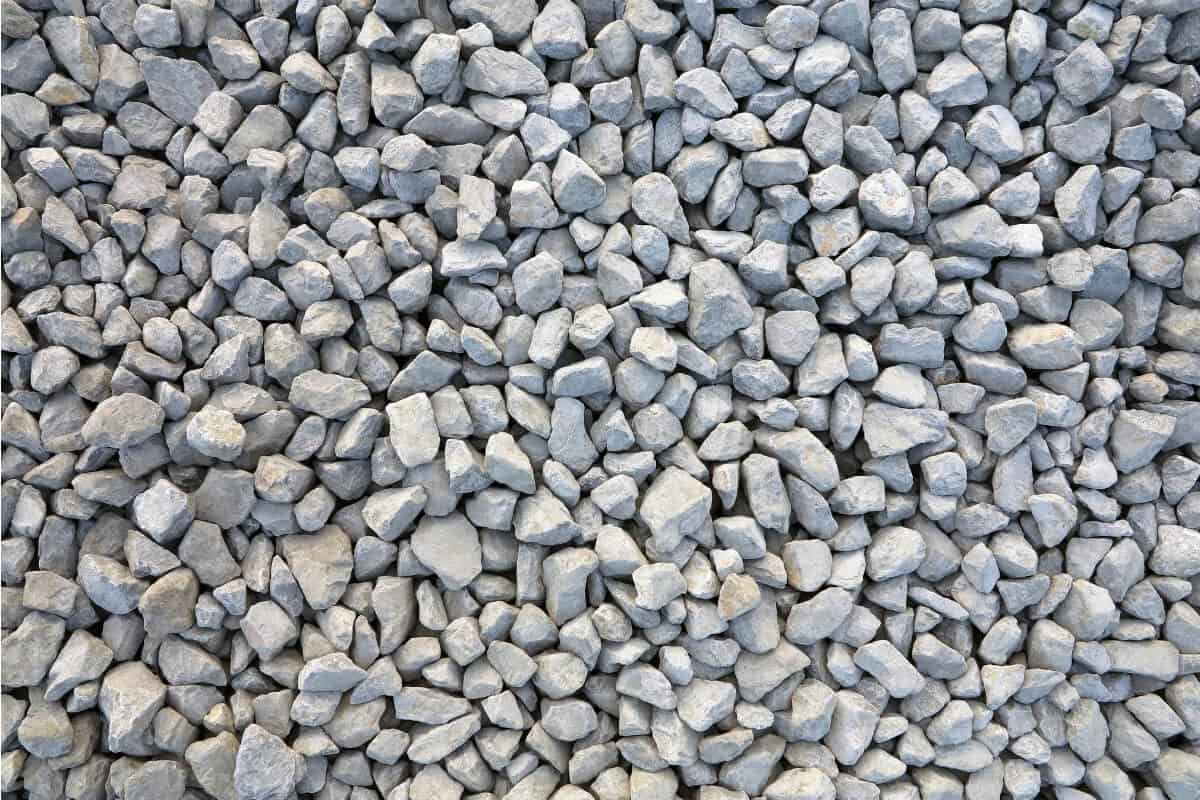
Gravel is a growing medium that is cheap and readily available almost anywhere.
Gravel can come in two varieties: sharp or pea. When using gravel as a growing medium, it is important to wash it thoroughly to prevent debris from blocking the hydroponics system, as this can still be problematic even after the gravel has been washed.
Simply add it to the bottom of the planting container before placing it in the unit when incorporating gravel into your hydroponics system.
Benefits of Using Gravel
- Reusable – Gravel is a reusable growing medium and can be used multiple times in the same hydroponic system.
- Affordable – Gravel is a practical choice for hydroponic growers due to its affordability and wide availability. The option of reusing it multiple times in the same system makes it cost-effective.
- Accessible – Hydroponics suppliers offer gravel as an easily obtainable option for those interested in pursuing hydroponics.
Downsides of Using Gravel
- Heavy – Gravel is a material that can be challenging to move when it requires replacement or replenishment due to its weight.
- Does not hold water – The low water retention properties of gravel particles require more frequent watering for plants in hydroponic systems compared to other types of media.
- Debris from Gravel can block the hydroponics system – The sharp edges of Gravel and the debris from it can cause root damage if not monitored carefully, which can lead to unhealthy plants over time.
10. Polystyrene Packing Peanuts
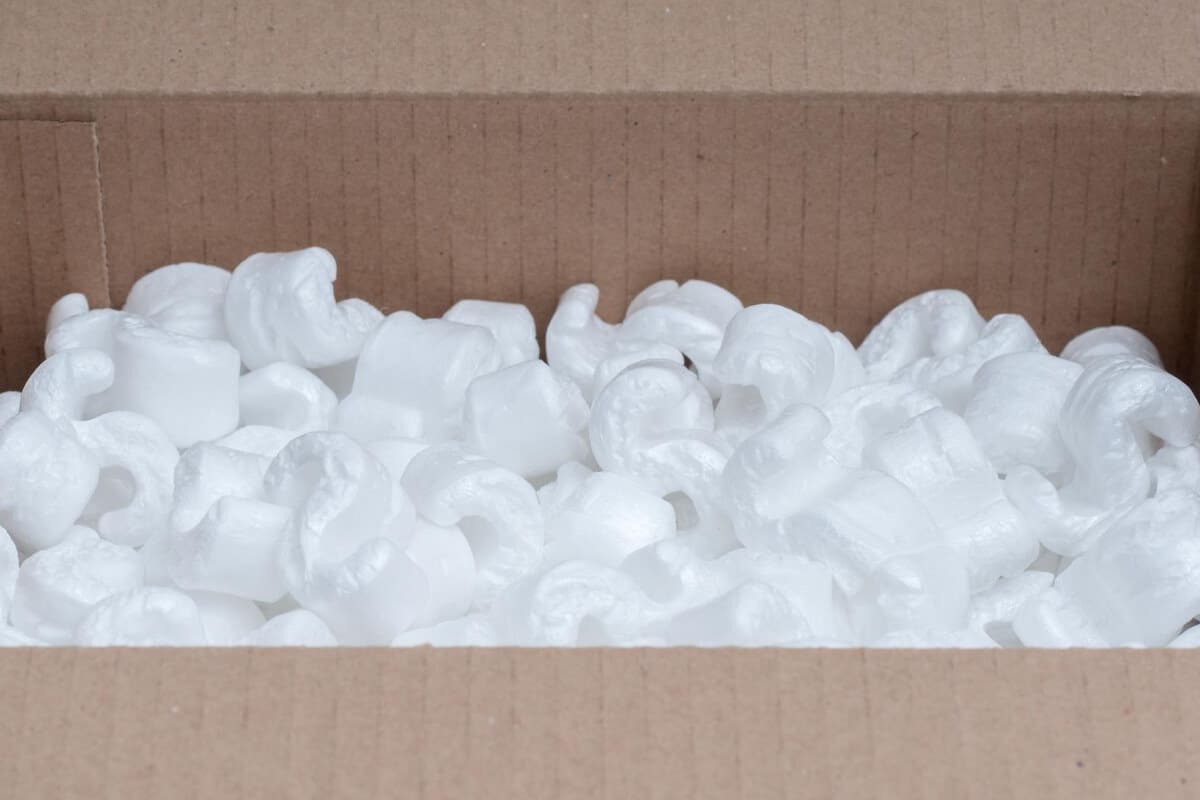
With Packing Peanuts being a staple household item, this could be a great way to cut down on the costs of growing mediums!
Add two to three inches of packing peanuts to the bottom of your planting container then place it in your hydroponics unit.
Benefits of Polystyrene Packing Peanuts
- Support and aerate the plant’s root system – Polystyrene Packing Peanuts provide an excellent support system for the roots of plants. They help hold up the soil and provide aeration for the roots, allowing for better absorption of nutrients and water.
- Lightweight – They are lightweight and will not compact over time making it easier to maintain a healthy root system.
Downsides of Polystyrene Packing Peanuts
- Some Packing Peanuts dissolve in water – Polystyrene packing peanuts are made of a material that can dissolve in water. This means that if they are not rinsed properly before use, the packing peanuts may break down in the hydroponic solution and cause blockages or clogging in the system.
11. Vermiculite
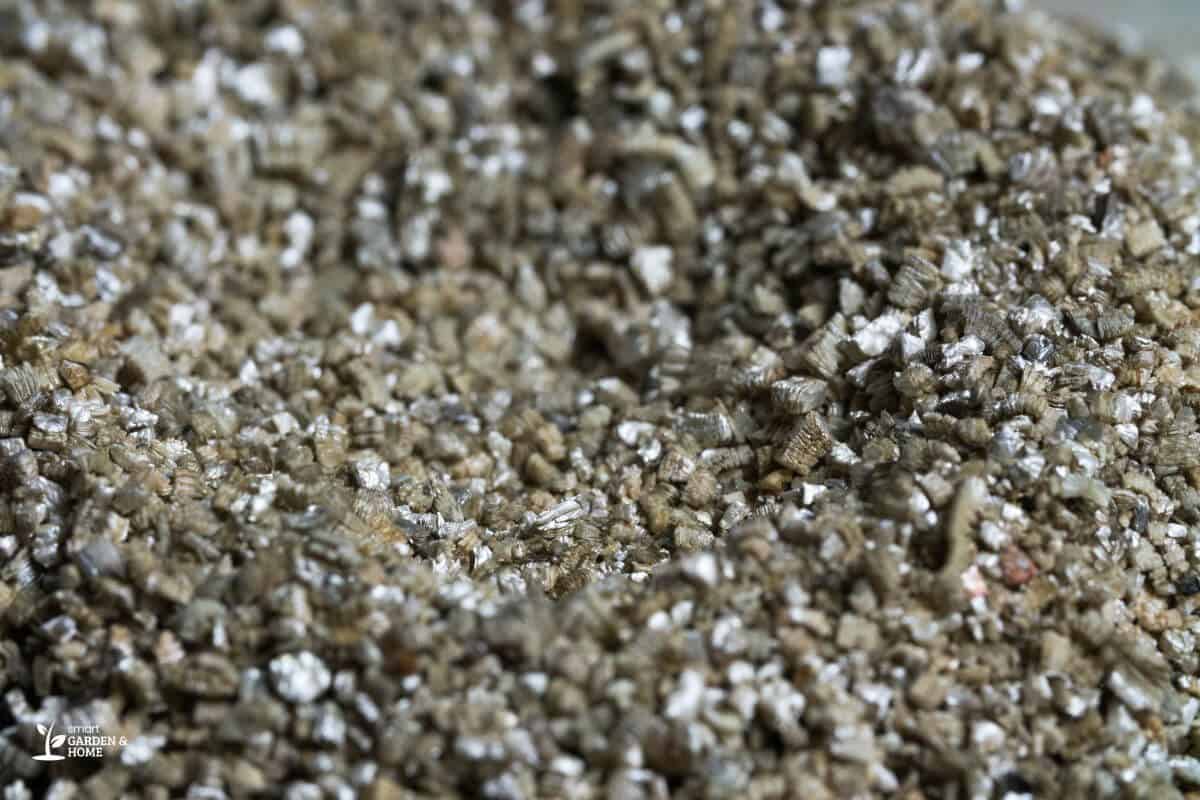
Vermiculite is a mineral that undergoes heating and expansion to create a lightweight and porous material.
It is commonly utilized in hydroponic systems as a growth substrate due to its ability to retain air, water, and nutrients that are crucial for plant root growth.
Vermiculite is frequently used in combination with other growing media like Gravel or Coco Coir, to promote plant root growth by creating a nutrient-rich and well-aerated environment.
It is recommended to rinse Vermiculite before use to eliminate any potential dust or debris on the surface.
Benefits of Vermiculite
- Airflow – Vermiculite creates a favorable environment for root growth due to its high airflow and enhances nutrient uptake.
- Good drainage – Vermiculite facilitates efficient drainage, safeguarding against moisture-related issues such as root rot by redirecting surplus water away from plant roots.
- Retention of nutrients – Vermiculite is a suitable material for hydroponic setups due to its high cation exchange capacity, which allows it to retain nutrients from the hydroponic solution and water.
- Lightweight – Vermiculite is a lightweight growing medium that simplifies the process of replenishing or replacing it in your hydroponics setup compared to other mediums.
Downsides of Vermiculite
- Can be messy – Vermiculite can be dusty and messy when handling it, so it should always be rinsed before use to avoid making a mess in your hydroponics setup.
- Damage to plants’ roots – If the vermiculite is not rinsed properly before use, it can cause damage to the plants’ roots due to sharp particles or debris in the material.
- Cost – Vermiculite is more expensive than other types of growing mediums, so it may not be within everyone’s budget.
Gain further insights into this with this article: Is Vermiculite Good for Hydroponics.
12. Aged Pine Bark
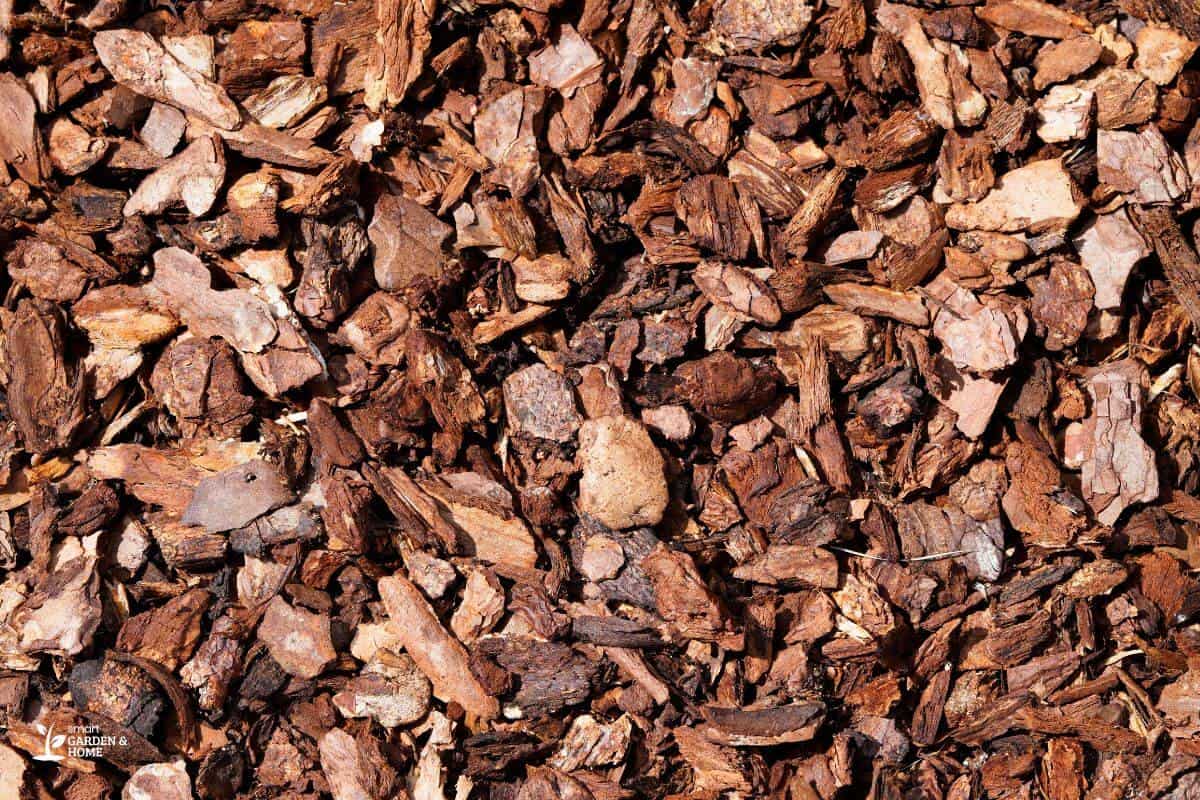
Aged Pine Bark is a suitable growing medium for hydroponics due to its lightweight nature, ability to retain moisture, and provision of aeration to plant roots.
This substance is suitable for utilization in various hydroponic systems, such as passive and active setups.
For optimal results, Aged Pine Bark should be combined with other growing mediums like Clay Pellets or Perlite to ensure a balance of water retention and aeration.
It is advised to wash the bark prior to usage for debris removal. It is crucial to oversee the moisture level in the hydroponics system and make necessary adjustments to watering.
Benefits of Aged Pine Bark
- Natural material – Aged Pine Bark is a natural material that is free from any chemicals or synthetic materials and therefore safe for use in hydroponics.
- Lightweight – Aged Pine Bark is lightweight, making it easier to handle and maintain in the hydroponic system.
- Retention of nutrients – The aged bark is able to absorb nutrients from the hydroponic solution as well as water, making it a great choice for hydroponic setups.
- Aeration & drainage – Aged Pine Bark helps aerate the roots of the plants while providing drainage for excess water, helping to prevent root rot.
- Cost-effective – Aged Pine Bark is cost-effective compared to other types of growing mediums, making it an attractive option for those on a budget.
Downsides of Aged Pine Bark
- Can be messy – When handling Aged Pine Bark, it may be necessary to rinse it beforehand to prevent any dust or mess from occurring in your hydroponics setup.
- Nutrient deficiencies – Due to the inability of bark to absorb all necessary nutrients for plant growth, it may be necessary to supplement with additional fertilizers to ensure sufficient nutrient availability.
- Compaction – Over time, Aged Pine Bark can become compacted which reduces its ability to hold oxygen and water and limits root growth.
- Susceptibility to fungal disease – The bark can become infected with fungus if exposed to too much moisture.
Final Thoughts on the Different Growing Mediums in Hydroponics
Selecting the best substrate for hydroponics is a critical decision when it comes to yielding healthy plants even though it can be challenging.
It is essential to choose the one that provides the ideal balance of water retention, aeration, and maximum exposure to nutrients for plant growth after careful consideration of various options.
Some of the most popular types available in the market are Coconut Coir, Perlite, Vermiculite, and Rockwool.
However, the right one ultimately depends on the type of plants being grown, the rooting system, oxygen retention levels, personal preference, and the desired level of maintenance.
You can create the best environment for your plants by understanding and weighing the pros and cons of each substrate for hydroponics, leading to abundant yields and healthier crops.
For additional information on hydroponics, please refer to these articles:
- Outdoor Hydroponics
- Hydroponics Growing Tips
- Growing in Hydroponics vs Soil
- Transplanting Hydroponic Plants to Soil
Sources:
- https://ui.adsabs.harvard.edu/abs/2023PCE…13003366Z/abstract
- https://extension.okstate.edu/fact-sheets/hydroponics.html

